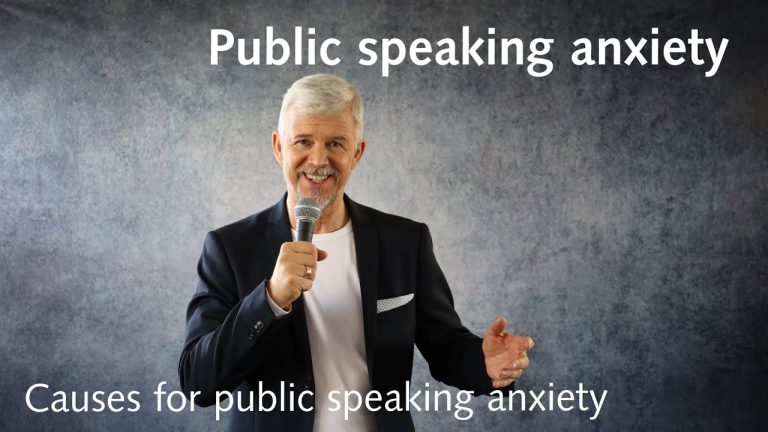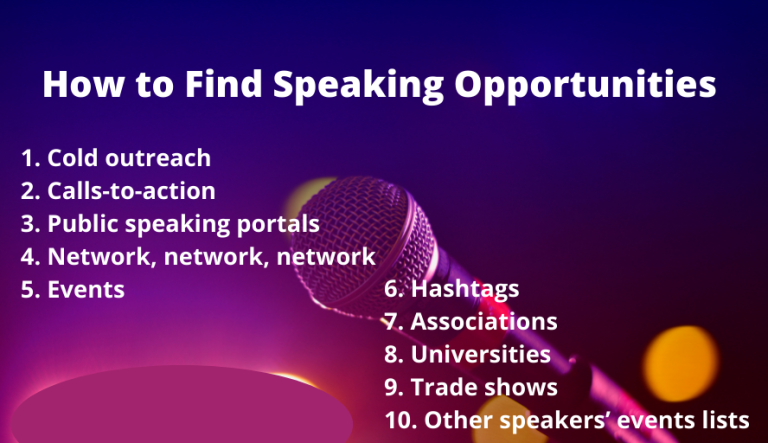How to Show Confidence?: Mastering Body Language and Communication
Confidence is a quality that many of us admire and aspire to possess. It’s that magnetic aura that instantly captivates a room and commands respect. But have you ever wondered how some people effortlessly exude confidence while others struggle to project even a hint of it? Former FBI agent and body language expert Joe Navarro has delved into the art of projecting confidence through body language and communication, offering valuable insights that can help you harness this powerful trait. In this blog post, we’ll break down Joe Navarro’s key points on how to show confidence, covering various aspects of body language and communication.
How to Show Confidence?
What is Confidence and How Does It Manifest?
Confidence isn’t just about having a strong presence; it’s a holistic combination of posture, gestures, eye contact, vocal cadence, and the way you carry yourself. Confident individuals enter a room with a sense of ease, comfortable in their surroundings. Their gestures are smooth and broad, reflecting their self-assured demeanor. They make direct eye contact, their chin is up, and their posture radiates a sense of purpose.
Confidence is Not One-Size-Fits-All
Confidence comes in various forms. While some exude authority with a strong voice and bold gestures, others command respect through quieter yet commanding presence. The key takeaway is that confidence is not just about outward displays but also about an inner sense of self-assuredness. It’s about knowing that you’re prepared, in control, and capable.
Socialization: Learning from High-Status Individuals
Navarro emphasizes the importance of socialization in developing confidence. Observing high-status individuals and modeling their behaviors can serve as a shortcut to projecting confidence. Whether it’s adopting vocabulary, gestures, or speech patterns, these adjustments can help you fit into various social contexts while maintaining your authenticity.
The Power of Non-Verbal Communication
Non-verbal cues play a pivotal role in how we’re perceived. Navarro points out that even simple gestures like pointing can have a significant impact. For instance, pointing with an open hand instead of a closed fist can make you appear more approachable and confident. Additionally, avoiding “uptalk” – where statements end with an upward inflection, making them sound like questions – can bolster your confident communication.
Mastering Cadence for Captivating Speech
The cadence of speech is a powerful tool for holding attention and conveying authority. By incorporating deliberate pauses and pacing your speech, you can engage your audience and make your words more impactful. Great speakers, like Martin Luther King Jr. and Winston Churchill, utilized cadence to create a mesmerizing effect that draws listeners in.
Conquering Public Speaking Anxiety
Public speaking is a common challenge when it comes to projecting confidence. Navarro shares strategies to conquer this fear. Acknowledging your nervousness and being honest about it can actually help you connect with your audience. Preparation, rehearsal, and physical warm-up exercises, such as leaning against a wall, can help alleviate tension and boost your confidence on stage.
Confidence is a Skill You Can Cultivate
Navarro emphasizes that confidence is not an innate trait; it’s a skill that can be cultivated over time. It’s about mastering your material, honing your skills, and having self-mastery. Whether you’re in a wheelchair, an elderly person, or a child, confidence can be nurtured through knowledge, practice, and the belief in your abilities.
Additional Tips for Projecting Confidence: Going Beyond the Basics
Building on Joe Navarro’s insights, let’s explore some more specific and detailed points that can further enhance your ability to project confidence through body language and communication.
1. The Power of Eye Contact:
Maintaining steady and direct eye contact is a hallmark of confidence. When you look someone in the eyes while speaking, it conveys sincerity, assertiveness, and a strong connection. Avoiding overly intense or prolonged stares, strike a balance that makes your conversation partner feel engaged and respected.
2. Mirroring and Matching:
Another technique to establish rapport and project confidence is mirroring and matching body language. Subtly imitating the posture, gestures, and movements of the person you’re conversing with can create a sense of familiarity and mutual understanding. However, be cautious not to overdo it, as it should be a natural reflection of the conversation.
3. Effective Gestures:
Gestures can amplify your spoken words and add emphasis to your message. Controlled and purposeful gestures can help convey confidence and conviction. Avoid fidgeting, as it can undermine your confidence. Instead, use gestures that complement your speech and provide visual support to your message.
4. Spatial Awareness:
Confident individuals have a keen awareness of personal space. Stand or sit comfortably, maintaining an appropriate distance from others. Invading someone’s personal space can come across as aggressive, while standing too far away might suggest insecurity. Striking the right balance communicates confidence and respect for boundaries.
5. Posture and Movement:
Your posture speaks volumes about your confidence level. Avoid slouching, as it can make you appear disinterested or lacking in energy. Instead, stand tall with your shoulders relaxed and slightly back. When walking, move with purpose and a steady gait, reflecting your self-assured attitude.
6. Resonate with Vocal Tonality:
Your voice is a powerful tool for projecting confidence. Practice speaking with a clear, steady, and well-modulated tone. Avoid speaking too softly, as it can make you appear unsure of yourself. Conversely, refrain from shouting, as it might be interpreted as aggression. Strive for a balanced and authoritative vocal tonality.
7. Assertive Body Language:
Confidence is also about asserting yourself when necessary. While maintaining respect for others, don’t shy away from asserting your opinions and ideas. Use open gestures that emphasize your points, such as open palms facing upwards, to invite dialogue and show that you’re receptive to feedback.
8. Authenticity Matters:
While learning from high-status individuals and adopting certain behaviors can be helpful, remember that authenticity is key. Trying to mimic someone else’s demeanor without aligning with your true self can come across as insincere. Instead, integrate elements that resonate with your personality, allowing you to exude genuine confidence.
9. Handling Setbacks Gracefully:
Confident individuals don’t shy away from setbacks or mistakes. How you handle challenges can significantly impact how others perceive your confidence. Instead of becoming flustered or defensive, approach setbacks with composure and a willingness to learn. This approach showcases your resilience and adaptability, qualities often associated with confidence.
10. Practice and Consistency:
Confidence is a skill that requires consistent effort and practice. Record yourself speaking or presenting and analyze your body language, gestures, and vocal delivery. Take note of areas where you can improve and make gradual adjustments over time. The more you practice, the more naturally confident you’ll become.
Final Thoughts:
Projecting confidence involves a combination of self-awareness, understanding non-verbal cues, and effective communication techniques. By integrating these additional tips with Joe Navarro’s insights, you can build a comprehensive approach to exuding confidence in various situations. Remember, confidence is an ongoing journey that you can continuously refine and enhance as you navigate different social and professional settings.
Conclusion: Your Journey to Confidence
Confidence is a multifaceted trait that encompasses body language, communication, and inner self-assuredness. By understanding the principles that Joe Navarro has shared, you can embark on a journey to project confidence in any situation. Remember, it’s not about mimicking others but about adapting behaviors that align with your personality while enhancing your self-assured presence. With practice, dedication, and self-awareness, you can master the art of showing confidence and leave a lasting impression wherever you go.




